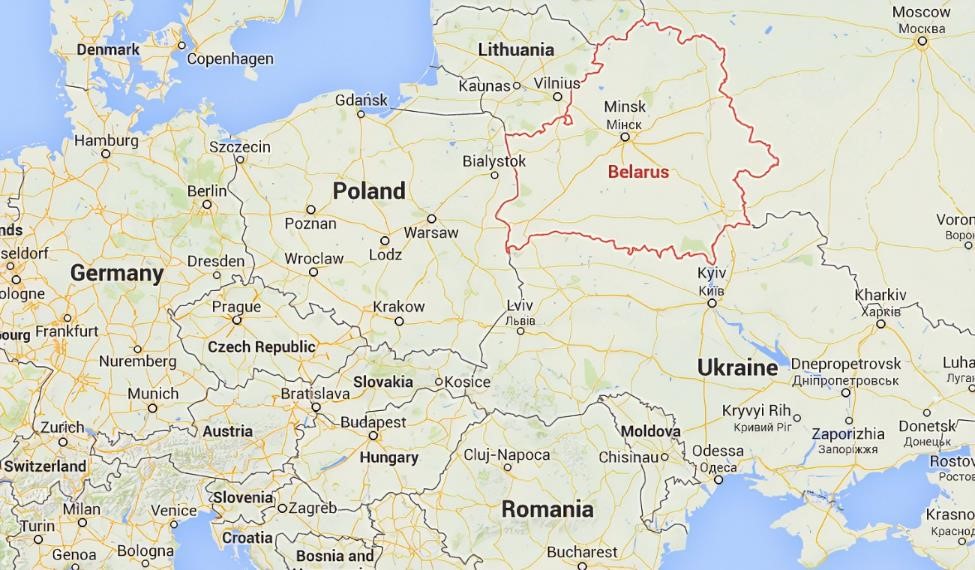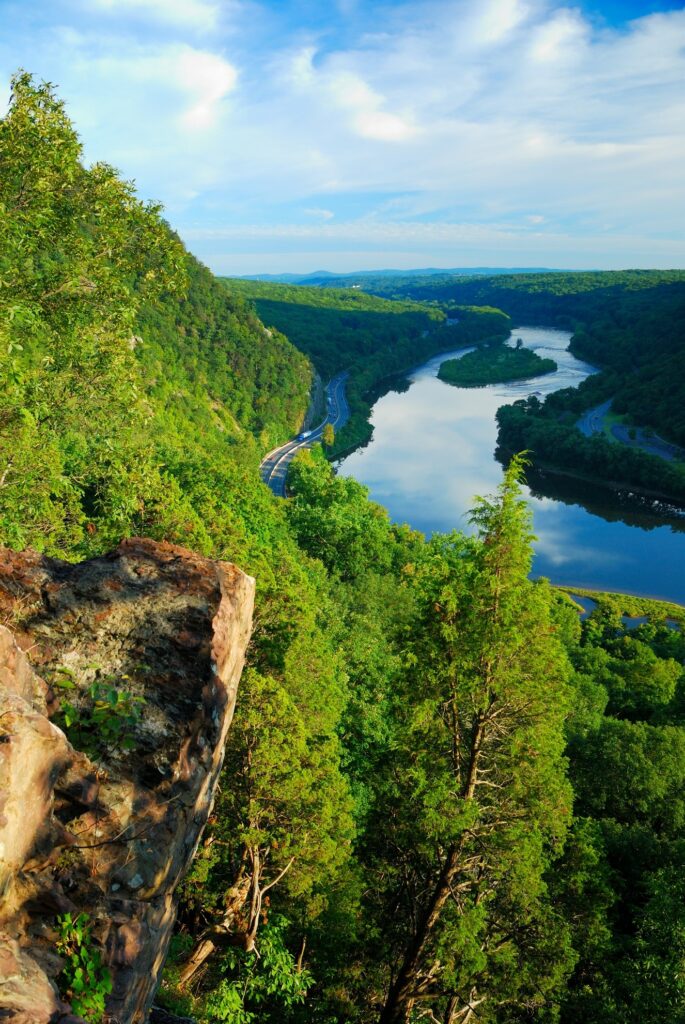Belarus
Grades 5+
 The prairie stretched out as a green glittering sea. In the distance, a vast herd of bison grazed contentedly, their shaggy coats blending with the landscape. There was a comforting rhythm to their movements, the sound of their low grunts and bellows filling the air.
The prairie stretched out as a green glittering sea. In the distance, a vast herd of bison grazed contentedly, their shaggy coats blending with the landscape. There was a comforting rhythm to their movements, the sound of their low grunts and bellows filling the air.
The herd of bison flinched in shock at a sudden, violent sound, their eyes scanning the horizon in search of the source. The arrow had been swift, and deadly, striking the unfortunate bison in its neck and sending it to the ground. The other bison shifted uneasily, then hastily moved away. The hunter stepped forward, a sense of false courage in the way he carried himself. He proudly held aloft the arrow, the bloody sign of his success, and surveyed the stillness that hung in the air.
The American West, and the hunter was a Plains Indian?
 No, this was Belovezhskaya Pushcha, in Belarus, one of the countries of Eastern Europe.
No, this was Belovezhskaya Pushcha, in Belarus, one of the countries of Eastern Europe.
As late as the 1500s, the forests and hills of Belarus were alive with the thunderous sound of a majestic creature. Bison herds numbering in their thousands roamed the land. The bison were a much-loved sight, and their presence was a blessing to the local populace.
Alas, it was not to last.
The royalty of the land made bison hunting a sport for the nobility, declaring the forests and plain to be royal hunting grounds. No longer could the bison graze freely and in peace. Their numbers dwindling, the bison herds were never to return to the glory of their former days.
Fast forward to the 19th century.
Only a few hundred individuals remained.
The sound of the gunshot echoed through the Belovezhskaya Pushcha forest, startling the herd of bison grazing peacefully in the meadow. The shot hit one of the bison in the neck, and the creature fell to the ground with a thud. The other bison scattered, their hooves thundering across the earth. The hunter stood in the meadow with a sense of false bravado, his hands trembling as he gazed upon his trophy.  By the first half of the 20th century, only a few bison remained – individuals in captivity.
By the first half of the 20th century, only a few bison remained – individuals in captivity.
Then bison restoration began in earnest.
In 1949, two bison, raised in captivity, stepped into the vastness of Belovezhskaya Pushcha forest with a combination of curiosity and trepidation. As they took in their new surroundings, the sun cast dappled shadows on their fur. They cautiously explored their new home, sniffing and snorting at the unfamiliar scents. The forest seemed to come alive with the two bison huddled together. Their future, and the survival of their species, hung in the balance. They embraced their new freedom, with the soft earth cushioning their hooves and the trees providing shelter and protection.
With the help of conservationists, Belarusian bison numbers began to grow. Now, with over 2000 individuals, Belarus is proudly home to almost a quarter of the world’s European bison population. Belarus succeeded in bringing back bison, its national symbol, from the brink of oblivion.
Bison have long been a cultural symbol in Belarus. They are celebrated in monuments, featured on banknotes and in art and also adopted as mascots. Held in high esteem in Belarussian culture, bison presence is a reminder of the country’s history and its commitment to preserving its wildlife and traditional values.
Belarus Activity 1
Draw and label syntax trees for the following sentences:
- The prairie stretched out as a green glittering sea.
- The shot hit one of the bison in the neck, and the creature fell to the ground with a thud.
- Alas, it was not to last.
- With the help of conservationists, Belarusian bison numbers began to grow.
- Belarus succeeded in bringing back bison, its national symbol, from the brink of oblivion.